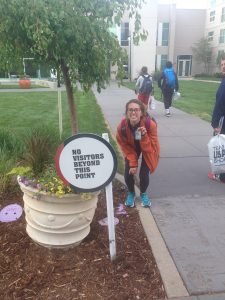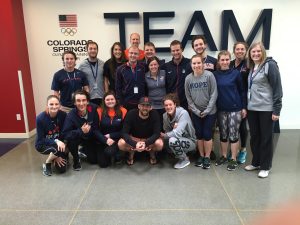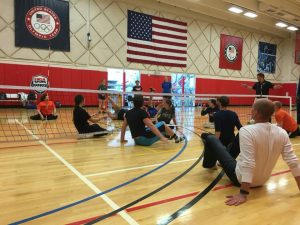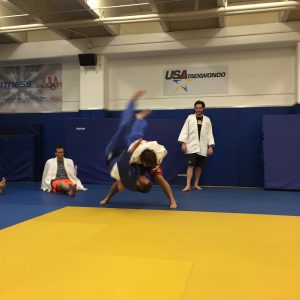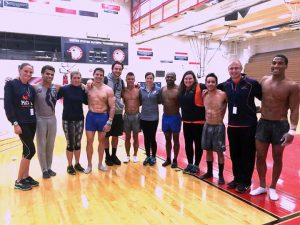New year. New semester. New classes. New start.
The bisected rhythm of an academic year is something special. It affords faculty, staff and students two yearly markers for two new beginnings that most other entities and professions do not. In academia, new starts come at the end of summer (and the official start of a new school year) and at the end of 365 previous days (and the official start of a new calendar year). And each gives new opportunities to look at what’s to come on our educational horizon.
It is once a year or in a lifetime events that brighten our mission statement with even more living color, those things that make a Hope education as fresh as a new year or semester.
At Hope, we’ve done our fair share of looking ahead. We’re not wishing our days away, mind you, but we cannot help but be excited about what 2017 has in store on campus. Of course, we’re always mindful of the everyday privilege “to educate students for lives of leadership and service in a global society through academic and co-curricular programs of recognized excellence in the liberal arts and in the context of the historic Christian faith.” Yet, it is once-a-year, or in a lifetime, events that brighten our mission statement with even more living color, those things that make a Hope education as fresh as a new year or semester.
Here is a list of the top five Hope happenings to watch for in this New Year, from new buildings to new institutes to new classes.
- Student Space Expands
One has been a little over a year-and-a-half in the making, the other about eight months. Each will give students new space for living and learning in 2017.
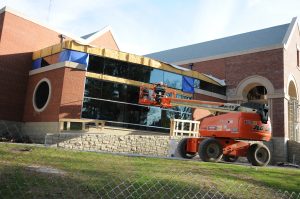
The Bultman Student Center, a 42,000-square-foot facility devoted to student activities in the heart of campus, will reach its completion in the spring of 2017. It is hoped that students will get their first look inside their new communal home this April. Ground broke for its $22.5 million construction in the fall of 2015 and since then, this campus epicenter has been taking shape to the excitement of student life offices and groups longing to use it. Named for former presidential duo, Jim and Marti Bultman, the center will be dedicated in the fall of 2017.

Cook Village, the student apartment complex that stands in the “U” along Lincoln Avenue and 11th and 12th Streets, is being expanded, adding two more townhouse-style buildings to the four that already exist. At about 3,800 square feet in each, the new brick apartments will house 16 more students. The $1.8 million addition to the village, named for its major donor, the Peter C. and Emajean Cook Foundation, will be completed by the fall of 2017 to welcome new inhabitants for the 2017-18 school year.
2. Toward a Better Understanding of Our Global Society
A series of lectures on wide-ranging international topics will be hosted at Hope in conjunction with the World Affair Council of West Michigan in the spring of 2017. Bringing renowned experts to campus, which include a retired brigadier general and former U.S. ambassador to Afghanistan on Mondays, starting February 7 and ending April 3, the “Great Decision Global Discussion Series” will address hot topics such Latin American health care, clashes in the South China Sea, and the future of the European Union, to name a few. It is a perfect example of Hope’s prioritization to provide the campus community with opportunities for global understanding.
“By bringing foreign policy experts to campus, we live into our liberal arts mission to prepare our students to faithfully engage an increasingly complex and interconnected global society,” says Dr. Dede Johnston, professor of communication and Hope’s liaison with the World Affairs Council of West Michigan. Hope is an educational partner of the World Affairs Council of Western Michigan, which informs and engages people of all ages on matters of national and international importance, and explores how national policy and global events affect the community in West Michigan.
3. New Institute to Prepare Students for Vocational Future
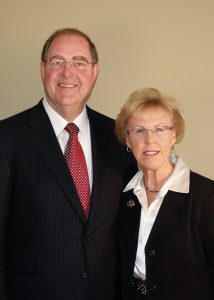
The Boerigter Institute, a new, college-wide initiative, will help ensure that every Hope student is robustly prepared for career success and professional growth. The goal of the Boerigter Institute is to transform the college’s approach to career preparation with an innovative and comprehensive framework that guides students from their first semester onward by identifying their strengths and interests, and engaging them in career planning and experiential learning. It will more closely link multiple departments and programs at the college.
This significant effort is made possible by a major gift from SoundOff Signal in honor of Founder and Chairman George Boerigter, who is a 1961 Hope graduate, and his wife, Sibilla. A task force of Hope faculty and staff is currently working to develop this new, cross-functional integrated program, bearing the Boerigters’ name, which is scheduled to begin implementation by fall 2017.
4. Happy Anniversary, Reformation!

On October 31, 1517, Martin Luther changed the course of Christian history for 95 reasons. It was on that day that the once anonymous monk and scholar delivered his “Ninety-Five Theses” to a Roman Catholic Church in Wittenberg, Germany, sparking the Protestant Reformation and altering the progression and understanding of Christianity as the world once knew it.
As a school affiliated with the Reformed Church in America since its inception in 1866, Hope has long appreciated the significance of this event. And as a school that also appreciates ecumenism, Hope will commemorate this momentous 500th anniversary by looking at the Reformation with more than one event, and throughout the year, from various faith-based, historical and social viewpoints via lectures, discussions and even a musical performance. A Presidential Colloquium commences this spring with keynote speakers to complement the Danforth Lecture that will all address the Reformation’s impact. Hope faculty will engage in panel discussions this fall, offering other perspectives on the topic. As for the musical element, a participatory hymn sing is being planned as well. Additional information will be released throughout the year about each event.
5. Up to the Grand Challenge
Relevant, complex topics will get new, curricular looks this fall, all thanks to $800,000 from the Andrew W. Mellon Foundation. The Mellon Grand Challenges Initiative (MGCI) is providing Hope faculty and students with opportunities to come together in true liberal arts fashion to explore “grand challenges” by crossing and connecting disciplines for Hope’s general education program as well as for collaborative summer research. Over three years, MGCI will aspire to support the development of about six projects per semester, involving two or more faculty members and developing a potential total of about 50 new linked courses.
Currently, the MGCI committee has awarded about $130,000 in internal funding to six cross-divisional projects involving a total of 15 faculty members. Entitled Disability in Contemporary Societies, Healing in Post-Conflict Societies, Immigration Stories, National Identities, Peace Movements, Storytelling and Cross-Cultural Empathy, these new classes involve nine departments and all four divisions at Hope.
Three more rounds of funding are on the docket to fund additional courses as is the creation of a summer research program for 2018.




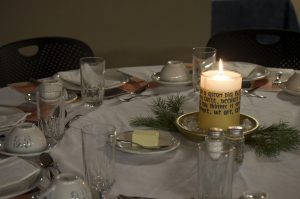 Though the event was Pelz’s idea, Gregory choreographed every aspect of the evening, from the menu to the décor. Her students corresponded with him during the semester to ask his wishes, learning about what he would want if he were indeed the one to be the on-site host. His poetry was the centerpiece of the evening, providing content for the students’ performances and visual displays. Students also contributed their creative gifts through harp music, singing performances, and artistic displays via placemat design and other decor. The family joined in as well, spontaneously singing gospel songs and offering toasts to Gregory.
Though the event was Pelz’s idea, Gregory choreographed every aspect of the evening, from the menu to the décor. Her students corresponded with him during the semester to ask his wishes, learning about what he would want if he were indeed the one to be the on-site host. His poetry was the centerpiece of the evening, providing content for the students’ performances and visual displays. Students also contributed their creative gifts through harp music, singing performances, and artistic displays via placemat design and other decor. The family joined in as well, spontaneously singing gospel songs and offering toasts to Gregory.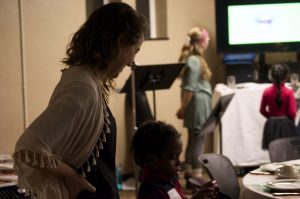
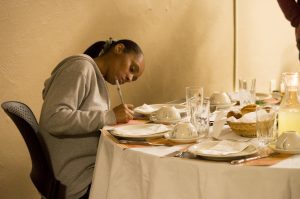
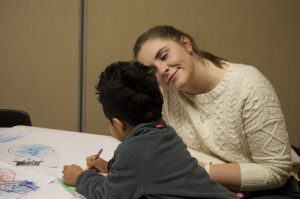
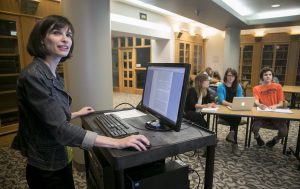
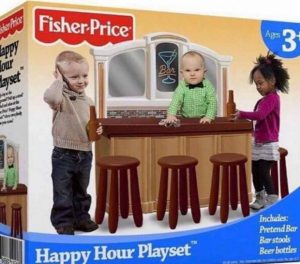

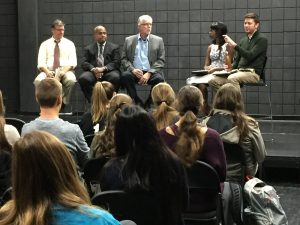

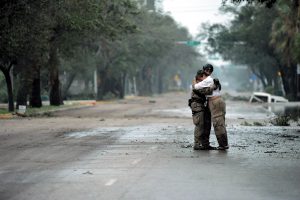
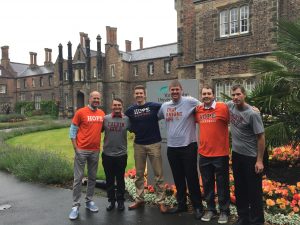


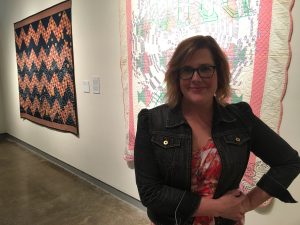
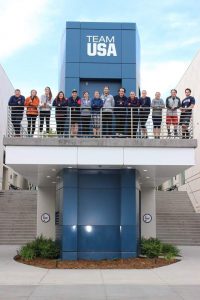 But that pride and inspiration for U.S. Olympians grows exponentially when you’ve actually had the opportunity to meet, talk and play alongside some of them. Such is the case for 14 Hope students and two professors who spent a portion of a 2016 May Term, entitled Elite Sport Development in America, at the
But that pride and inspiration for U.S. Olympians grows exponentially when you’ve actually had the opportunity to meet, talk and play alongside some of them. Such is the case for 14 Hope students and two professors who spent a portion of a 2016 May Term, entitled Elite Sport Development in America, at the